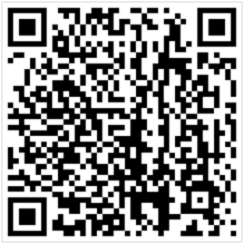Using Tablets in Architecture Education
by Cathryn Ziefle Woodbury University, School of Architecture, San Diego
“Isn’t there an app for that?” is a reasonable question these days and often the answer is, yes. So, when it comes to architecture instruction one should ask, “Isn’t there an app for that?”
Currently, e-books for art and architecture are not plentiful or advanced enough. Nevertheless, most universities do subscribe to e-books. Most will require the Bluefire Reader app to access them; and all Amazon e-books can be read via the Kindle app.
Ask your librarian what architecture periodicals come with a free digital edition. Otherwise, many architecture periodicals can be purchased through the Zinio app. If you are interested in reading PDFs the GoodReader app allows you to read PDF (and TXT) files of 100MB or more. In addition, you can mark-up the document with text boxes, sticky notes, and free hand drawings. It costs $4.99 but there are free knock-off apps available. Almost all of these apps sync with Dropbox that allows you to access any file that is in your Dropbox from any computer, tablet, or smart phone.
Two of the best apps for reference are Pocket Architect and Buildings. Pocket Architect highlights architectural elements and techniques with pictures, descriptions, and links to more information on the web. Buildings uses GPS-technology to provide information on historic, contemporary, and conceptual buildings around you.
There are a number of apps for sketching and drawing. Depending on what you want to do Penultimate and Sketchbook top the list. Penultimate is the best-selling app for taking notes and sketching. Sketchbook, on the other hand, boasts a complete set of sketching and painting tools for digital art. If it is architectural drawing you want to do, try out the AutoCAD WS or iCad app.
There are quite a few news apps, but Architizer and Design Observer rank among the top. The Architect News app from the website of Architect magazine is also noteworthy.
Perhaps the most innovative apps fall under the “urban studies” category. The ArcGIS app explores the newest ways of using maps. The Business Analyst Online (BAO) app gives demographic and market facts about the U.S. Lastly, although almost everyone is familiar with Google Earth, the app takes it to a new level with access to data like real-time earthquakes, planes in flight, and city tours.
Finally, two apps that are far superior are Urban Augmented Reality (UAR) and Zaha Hadid Architects (ZHA). UAR lets you look at buildings past, present, and future in any location (limited to the Netherlands, for now). Moreover, it shares plans, historic photos, biographies, and walking routes. The ZHA app allows you to search the practice’s current portfolio, but more importantly, features augmented reality tours when you visit the buildings.
For a more extensive list of apps and slide show of this article scan the QR code on this page.

 Study Architecture
Study Architecture  ProPEL
ProPEL 
